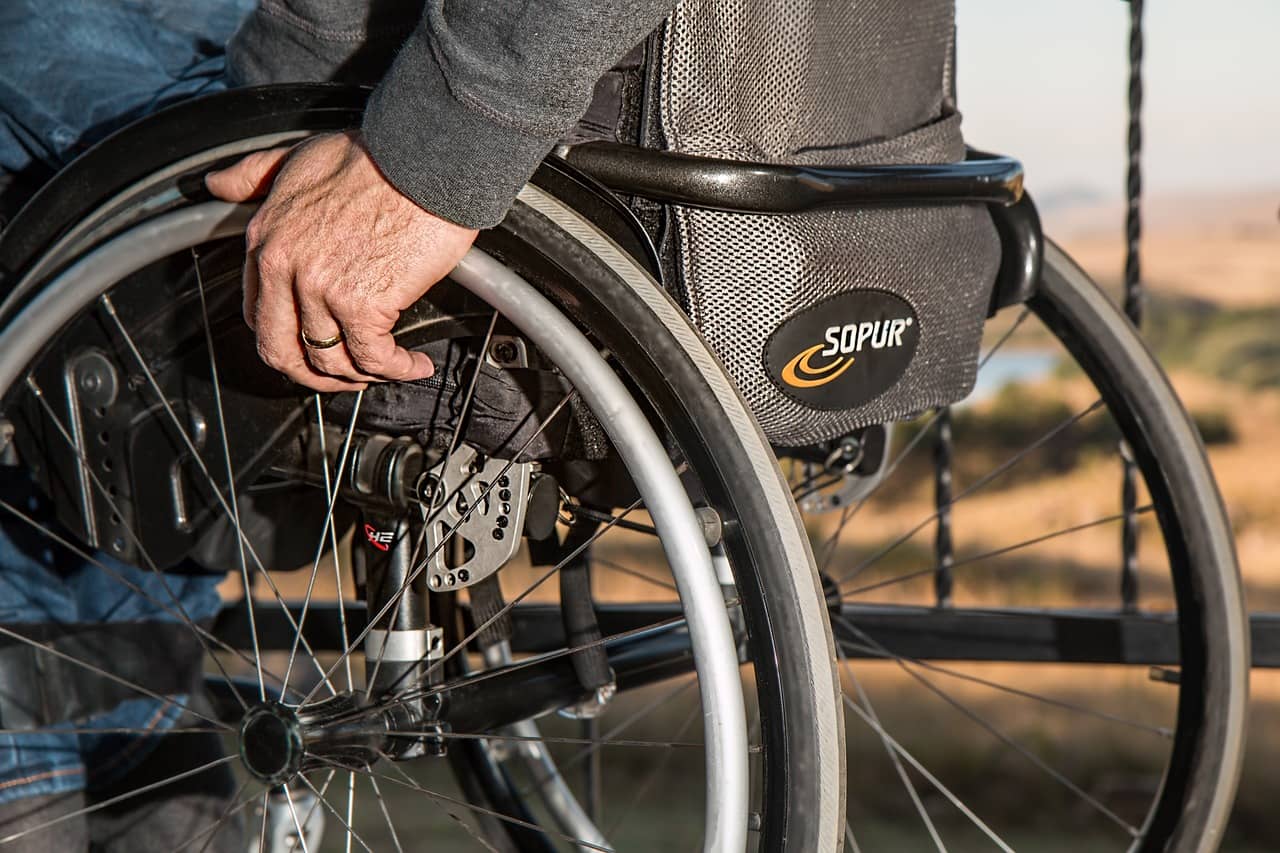
The victim’s fault: partial or total exoneration of the tortfeasor
Article 1240 of the Civil Code sets out the principle of full compensation for damages.
However, article 1241 of the same code states that the victim’s fault is a cause of partial or total exoneration of the tortfeasor.
Thus, the combination of these two articles may result in the partial or total exoneration of the tortfeasor where the victim has committed a fault or acted in a negligent or imprudent manner.
There is a great deal of case law on this subject.
Maître DAMY, Victims’ Lawyer in Nice, will explain to you in concrete terms what type of fault, recklessness or negligence can lead to partial or total exoneration from liability on the part of the perpetrator of the damage.
Case law provides a number of examples.
For example, the Court of Cassation has held that a victim who is a volunteer passenger in a vehicle and agrees to be transported by a driver who is clearly intoxicated is at fault (Cass. Ch. Mixte. 28 January 1972, no. 70-90.072).
In this specific case, the judges left the victim to pay a quarter of the compensation for her loss.
The victim was also deemed to be at fault when, while intoxicated, he jumped into a river and injured himself by hitting the bottom, having failed to check the depth of the water before diving in (Cass. Civ 2ème., 29 March 2018, no. 17-15.918).
Here, the victim’s fault fully exonerates the owner of the plot of land including the bank.
It should also be noted that there are also special liability regimes, which are intended to apply in certain situations.
This is the case, for example, for victims of road traffic accidents in which at least one land-based motor vehicle is involved, where the so-called “Badinter Act” of 5 July 1985 applies exclusively.
More specifically, the Badinter Act distinguishes between two types of damage giving rise to compensation:
– Damage resulting from injury to the person (A) ;
– Damage resulting from injury to property (B).
A) Damage resulting from injury to the person
The Badinter Act distinguishes between two types of victims:
– Non-driver victims (1) ;
– Driving victims (2).
1) Non-driver victims
Paragraph 1 of Article 3 of the Law of 5 July 1985 provides that a victim who is not a driver cannot be held to be at fault, except in the case of inexcusable fault.
Inexcusable fault is defined as “wilful misconduct of an exceptionally serious nature exposing its perpetrator, without valid reason, to a danger of which he could have been aware” (Cass. Civ. 2ème, 20 July 1987).
In other words, it is a particularly serious fault.
For example, inexcusable fault was found in the case of a pedestrian walking at night in a state of inebriation on a main road with no lighting (Cass. Civ. 2ème., 29 March 2018, no. 17-14.087).
However, on the other hand, inexcusable fault has not been found for an intoxicated pedestrian who crosses an unlit road at night (Civ. 2ème., 10 May 1991).
In reality, pedestrian fault is very rarely upheld in case law.
Recently, the Cour de cassation confirmed this principle, which is well established in case law
(Civ. 2ème, 21 December 2023, no. 22-18.480).
In this case, an individual was riding a skateboard across a traffic lane.
He was hit by a vehicle and died as a result of his injuries.
The driver of the vehicle tried to show that the victim had committed an inexcusable fault by jumping onto the road without observing the traffic lights.
While the judges at first instance and on appeal had upheld the inexcusable fault of the perpetrator of the damage, the Cour de cassation did not.
In contrast to the lower courts, the Court of Cassation was particularly harsh on the driver.
From this observation, it can be deduced that although the conditions for retaining inexcusable fault seem particularly strict, appeal judges and the Court of Cassation sometimes interpret them differently.
As a victim, it is therefore sometimes important to go all the way to the Court of Cassation in order to obtain justice.
Maître DAMY, Victims’ Lawyer, will work with you at every stage of the procedure to help you obtain the compensation you are entitled to.
In addition, paragraph 2 of article 3 of the law of 5 July 1985 provides, by way of exception, that certain victims must be compensated in any event.
This is the case for
– Victims under the age of 16 or over the age of 70;
– Victims whose permanent incapacity or disability is equal to or greater than 80% and who have a certificate recognising this.
Paragraph 3 of the same article nevertheless provides for a final exception for all non-driving victims.
This is where the victim has “voluntarily sought to cause the damage he or she has suffered”.
This is similar to cases of manifest suicide.
2) Non-driver victims
The treatment of driver and non-driver victims is completely different.
Article 4 of the Badinter Act excludes or limits compensation for victims who are drivers when they have committed a fault that contributed to their injury.
B) Damage resulting from damage to property
Article 5 of the Law of 5 July 1985 establishes the principle that the victim’s fault reduces or excludes compensation.
As a result, the Law of 5 July 1985 is particularly protective of non-driver victims of road traffic accidents.
On the other hand, a more traditional liability regime applies to non-driver victims.
In any event, and more generally, it remains common law that the victim’s fault is a cause of total or partial exoneration of the perpetrator of the damage.
